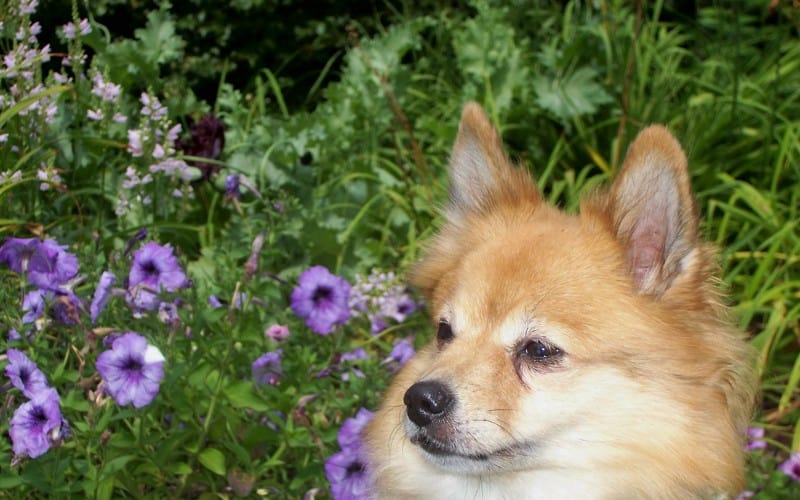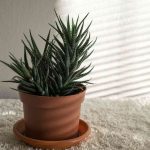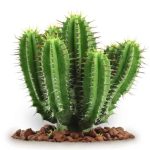Petunias are brightly colored and slightly scented flowering plants. They have a long flowering season, thereby adding colors to landscapes from spring to winter. Petunias plants are very easy and straightforward to groom. They are called annual and perennial plants or flowers.
Petunias flowers have different patterns and colors. Therefore, most people use it for decoration purposes in front lawns, hanging baskets, containers, and as a seasonal groundcover.
Their height varies from about 6-18" tall and 18"- 4 feet wide. But are petunias poisonous to dogs? Well, Petunias plants are not poisonous to dogs. You will learn more about this beautiful flowering plant in today's article.
Let's get started!
Table of Contents
Different Varieties of The Petunias Plant
Petunias cultivars are categorized into four groups. They are categorized based on the size of the flowers. They include:
Millifloras Petunias
These are small petunias variety with its flowers ranging from 1-1 ½ " wide. They grow in abundance throughout all seasons.
Multiflora Petunias
This specie has smaller and more flowers. They are durable and best for summer because they tolerate wet weather more.
Floribundas Petunias
This is the intermediate specie between multiflora and Grandiflora petunias. They produce abundant medium-sized flower blooms.
Grandiflora Petunias
This petunias plant has large flowers and is the most common petunias specie. Grandiflora petunias grow upright with a length of about 3-4".
They are better grown in hanging baskets and containers because they are easily damaged by rain. Also, they get rotten quickly during hot, humid summers.
Trailing or Spreading Petunias
They are low-growing in nature and spread to about 3-4 feet, forming a colorful and beautiful groundcover. This is because its flowers start at the side of the whole length of the plant stem. Spreading petunias can be grown in hanging baskets and window boxes.
Are Petunias Poisonous to Dogs?
Petunias plants are not poisonous to dogs and other animals. This makes it safe for homes with different pets. They are the best plant flower for horticulturist who is concerned about grooming dog-friendly gardens.
Many flowering plants are toxic for dogs, and they grow in backyards. Some are mildly toxic, causing vomiting while others have lethal effects leading to severe problems. To be on the safer side, do proper research on all plants and berries your dog has access to.
Some flowering plants have thorns that can hurt your canine friend. Others secrete harmful substances or berries. Be adequately informed about different plant species before you grow them in your garden or home.
Also, train your dog not to feed on garden plants, flowers or leaves since they are not all safe for dog consumption. Petunias plants and most wild flowering plants are groomed to make your garden and home look beautiful, not necessarily used as puppy snacks.
Plant or Flowers Are Not Poisonous to Dogs
The following are other plants or flowers that are not poisonous to dogs:
Sunflowers
They grow very large and tall in a type of movement called heliotropism (facing the direction of the sun). Sunflowers are not poisonous to dogs.
Dandelion
This weed flower is not toxic to dogs. They are commonly used in making natural food for dogs.
Roses
They are not poisonous for your dog. However, care must be taken to limit your dog's access to it because of the presence of thorns.
Zinnias
This annual plant is not poisonous to dogs and so can be grown in your garden.
Marigold
This is a common plant used to keep away pest that eats other garden plants. They attract bees for pollination and are safe for your dog.
Conclusion
Petunias is a beautiful flowering plant that grows in full sun and in several types of soil that drains well. They can be produced from seeds and cuttings. They are considered safe for dogs and so can be planted in your garden and home.
Nevertheless, it is essential that you train your dog by creating a physical boundary and limit your dog's access to the plant. This can also be achieved by constructing the right fence to separate your dog and garden.
Other options are building a hedge of thorns around your garden or an enclosed play area for your dog in the garden or home.





